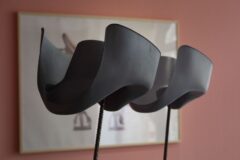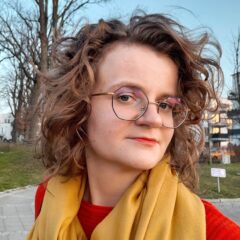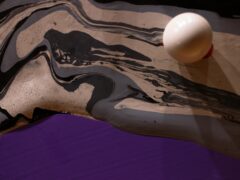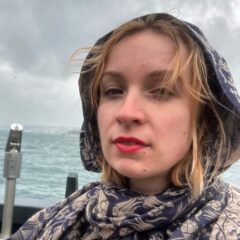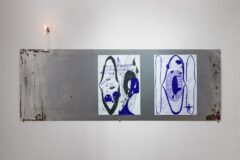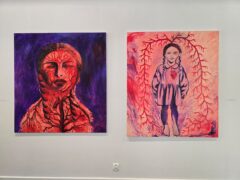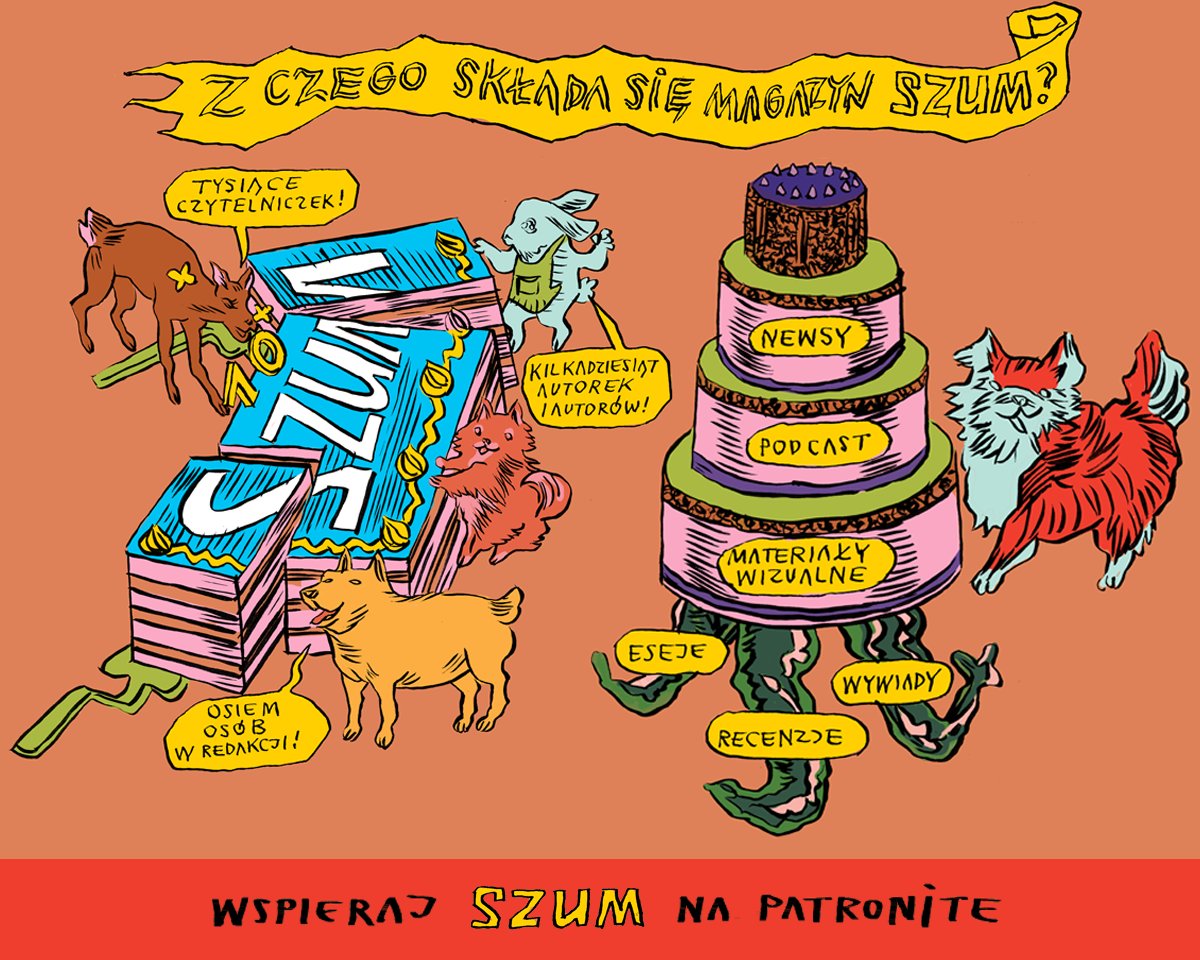„Ślepowrony” Joanny Rajkowskiej w lokalu_30
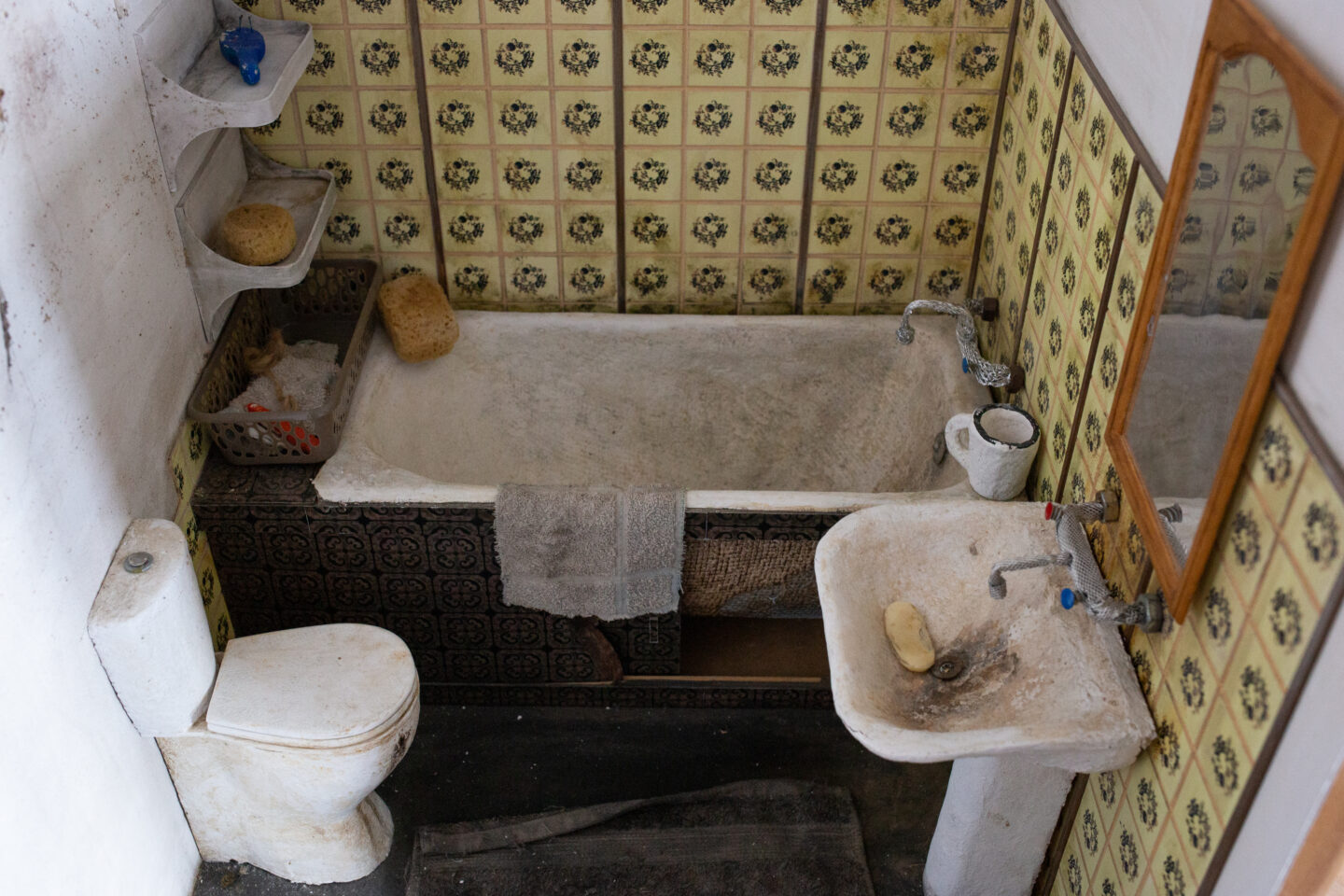
Wreszcie powinniśmy przyjąć do wiadomości, że Ziemia nie jest naszą własnością.
Simona Kossak
Wystawa Joanny Rajkowskiej składa się z dwóch części. Pierwsza z nich to rozbudowana prezentacja dotycząca filmu Ślepowrony, zrealizowanego wspólnie z amerykańskim pisarzem i performerem Robertem Yerachmielem Snidermanem na zaproszenie festiwalu Steirischer Herbst w Austrii. Jest to film marionetkowy nakręcony w lasach, bagnach i w jeziorach w okolicach Nowogrodu w województwie kujawsko-pomorskim, gdzie od wielu lat artystka ma pracownię i dom.
Bogusia, Rela, Sara, Dzidek i jego mama, Zbyszek, Zelik, Rajka, Robert i Basia – bohaterowie Ślepowronów to społeczność związana z osobistymi historiami autorów filmu. Są też inni protagoniści – sarna, borsuk, dzik, pies oraz ptactwo – tytułowe ślepowrony. W filmie przeszłość miesza się z teraźniejszością – śledzimy wojenne losy ludzi, ucieczki przez bagna i tułaczkę, jesteśmy w bydgoskim bloku z lat 60., we wnętrzu amerykańskiej synagogi, we współczesnym Nowogrodzie, w lesie, na polanie. Plany filmowe to sceny z życia rodzin splecionych wspólną opowieścią Rajkowskiej i Snidermana. Spotkanie istot ludzkich i nieludzkich oraz połączenie ich w narracji Ślepowronów było potrzebne twórcom do opowiedzenia o równości wszystkich istot wobec śmierci. Filmowe postacie starają się przywrócić życie zwierzęcym ofiarom myśliwych, a gdy to się nie udaje, chowają je tak, jak czynimy to z ciałem ludzkim – myjąc je, dezynfekując rany, czesząc i owijając w płótno. Pięknie sfilmowanym kameralnym scenom i subtelnym ruchom marionetek towarzyszy przejmująca muzyka, która ten stworzony z pospolitych materiałów świat zamienia w misterium. Kluczem do zrozumienia filmu jest scena, w której główny bohater odwraca wzrok od książek, które przyniósł do synagogi. Te przypominają mu o losie jego ojca – ofiary pogromu. Patrzy na wciąż jeszcze krwawiącą martwą sarnę, ofiarę polowania, i bierze ją na ręce. Ciało wobec tekstu, historia wobec tego, co tu i teraz, stanowią symboliczną oś filmu.
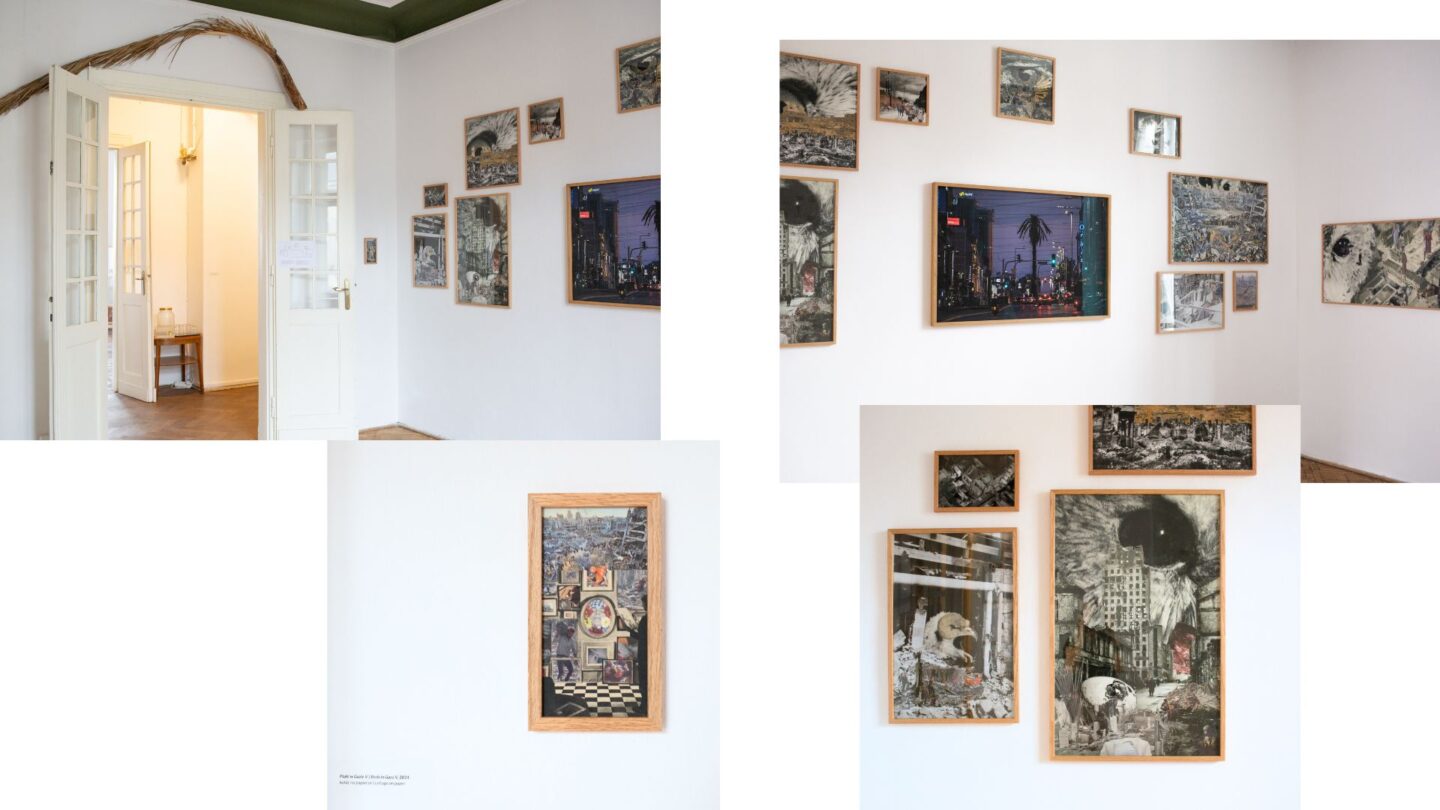
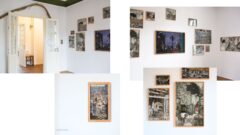
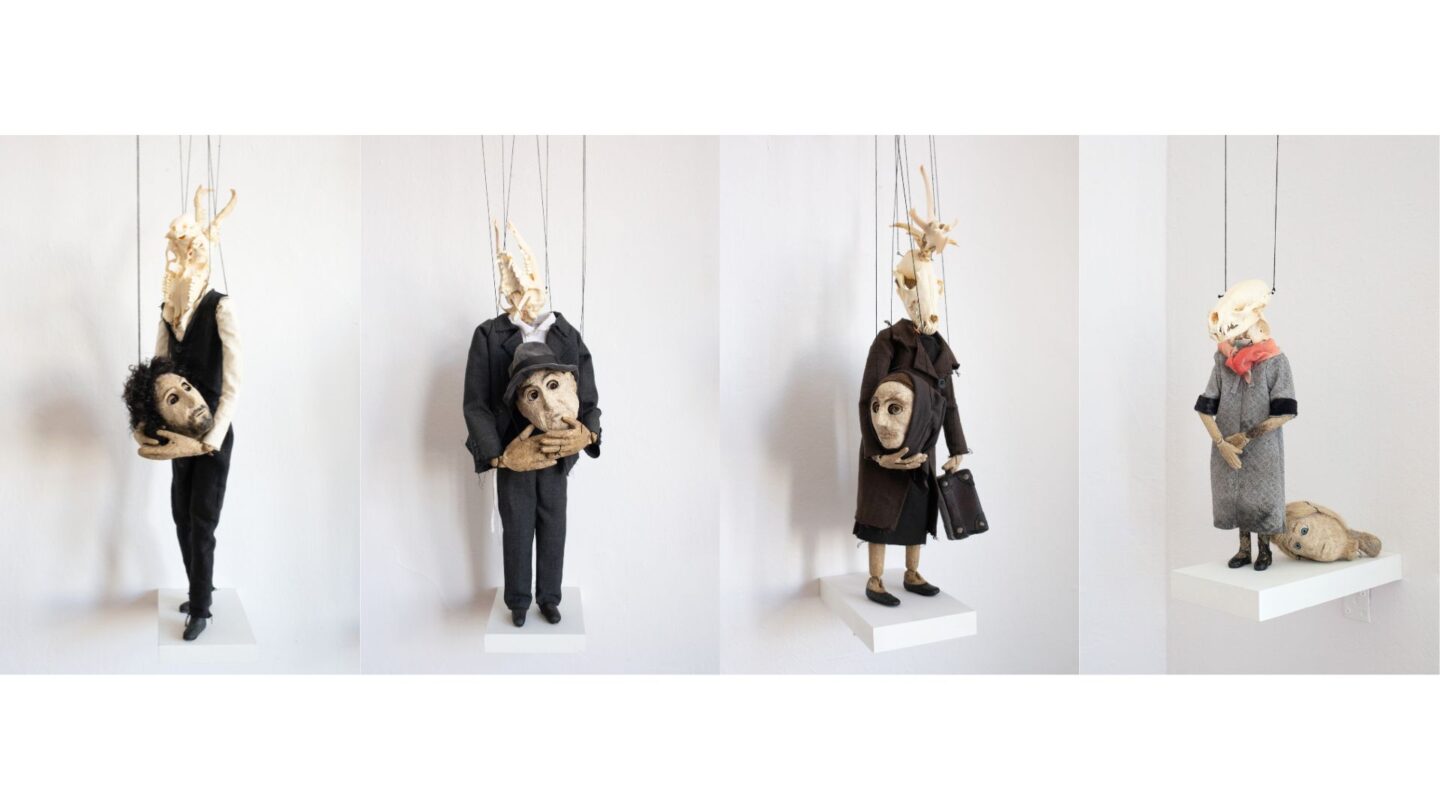
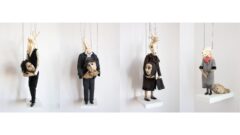
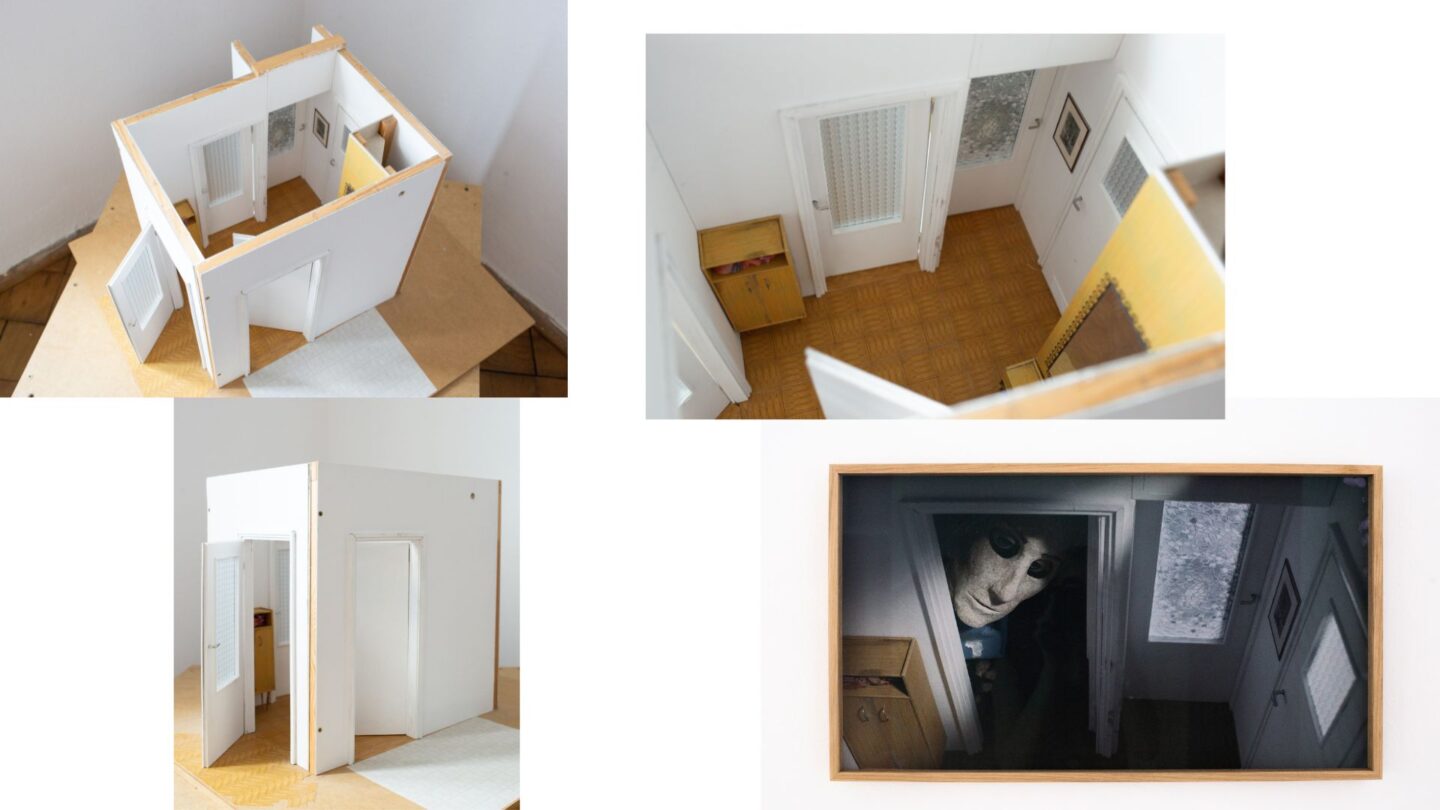
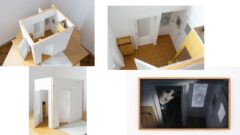


Na wystawie oprócz filmu pokazujemy marionetki oraz fragmenty scenografii, w pewnym sensie odkrywając produkcyjne zaplecze. Ślepowrony powstawały w bardzo szczególnym czasie – wiosną i latem 2020 roku, podczas pandemii. Z racji tych okoliczności artystka zdecydowała, że całość będzie realizowana w Nowogrodzie, a co za tym idzie wszystkie elementy scenografii oraz postacie powstały we współpracy z lokalną społecznością. Był to jednocześnie sposób na wsparcie sąsiadów, a co najważniejsze podtrzymanie więzi poprzez wspólną pracę w niepewnym czasie. Film traktujący o próbie pojednania i zadośćuczynienia zwierzętom, jest więc jednocześnie projektem wspólnotowym, gestem łączenia się i pomagania sobie w trudnych okolicznościach, kiedy przyroda po raz kolejny zademonstrowała swoją moc.
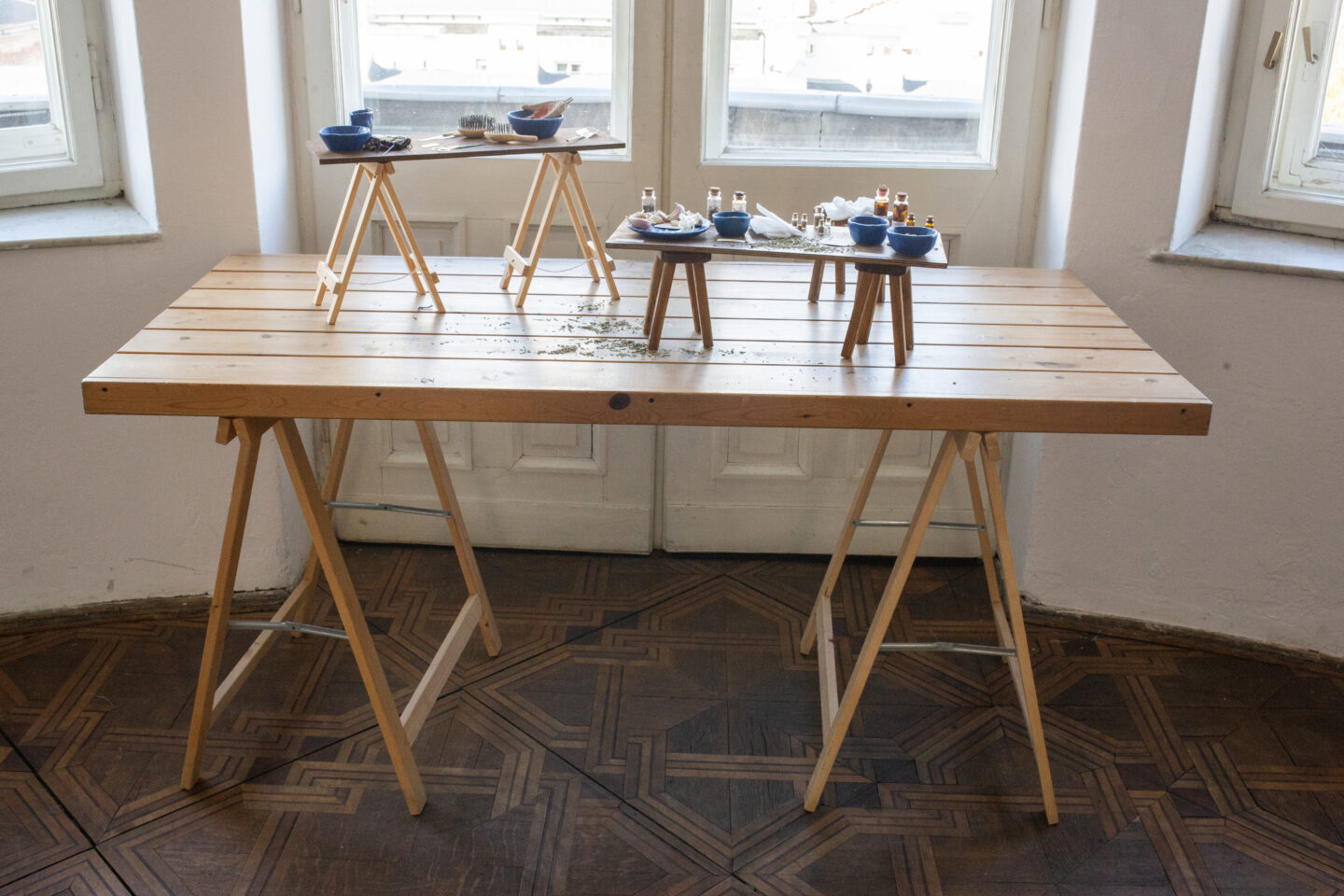

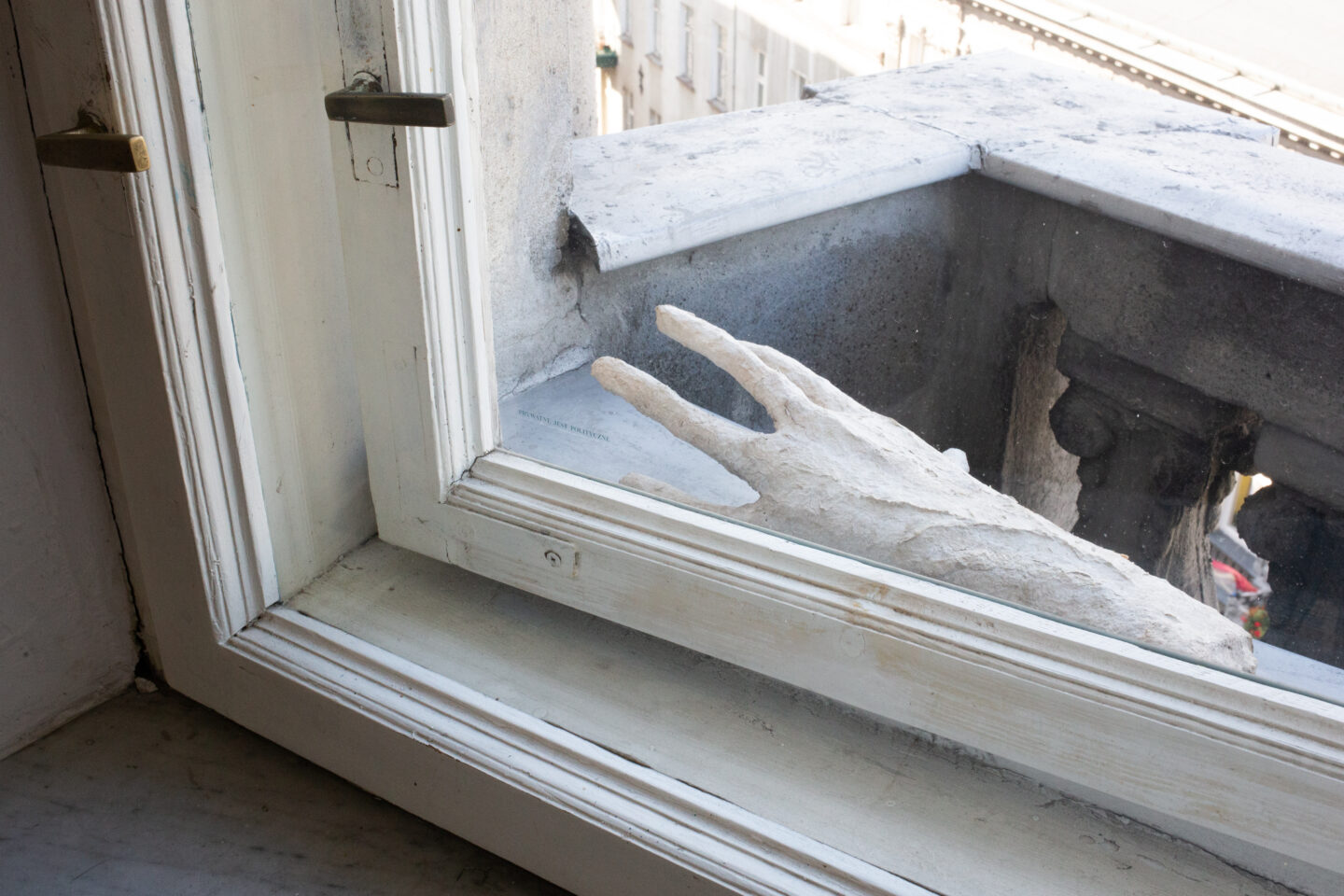
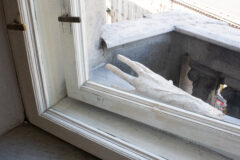
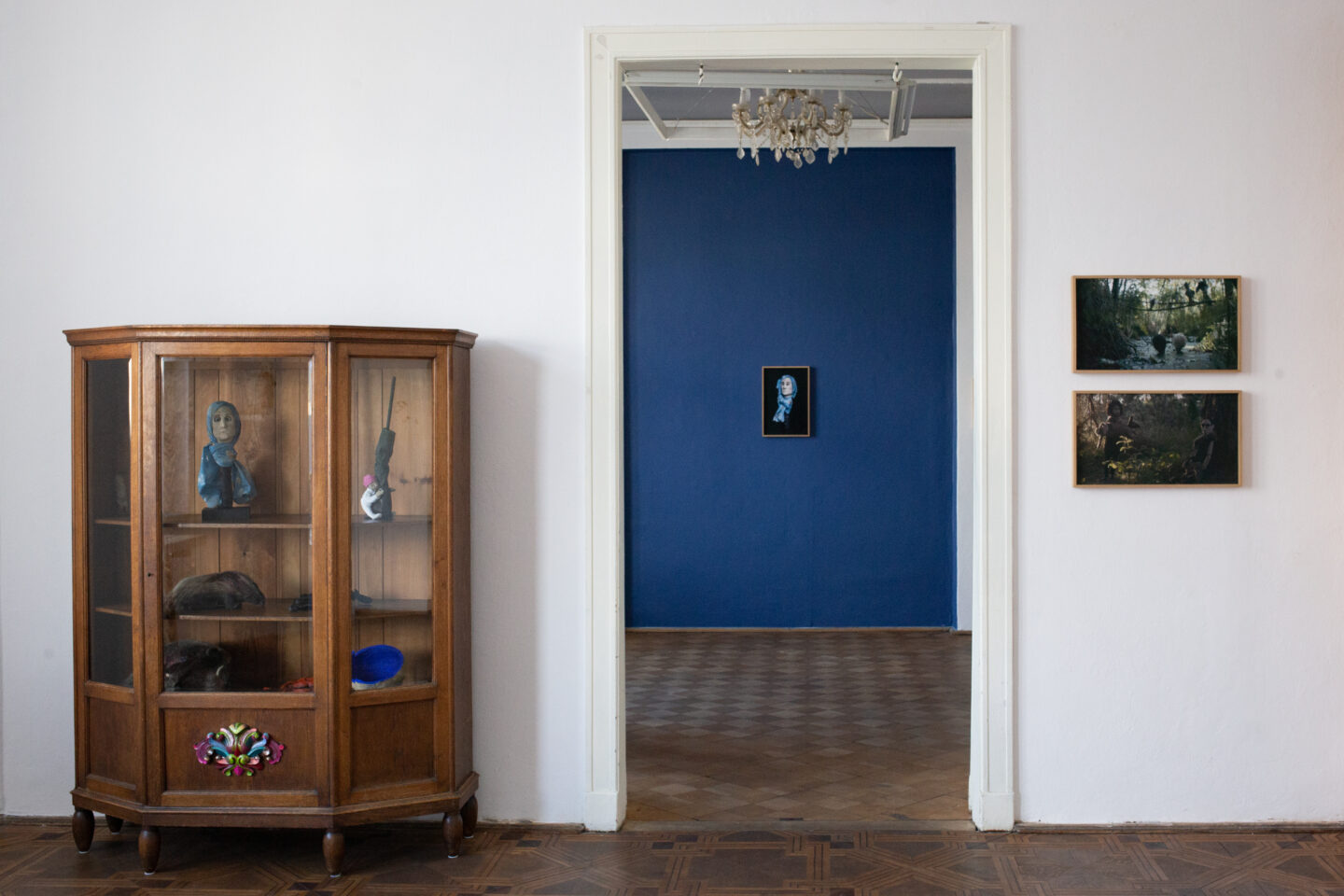
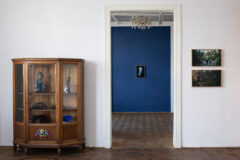
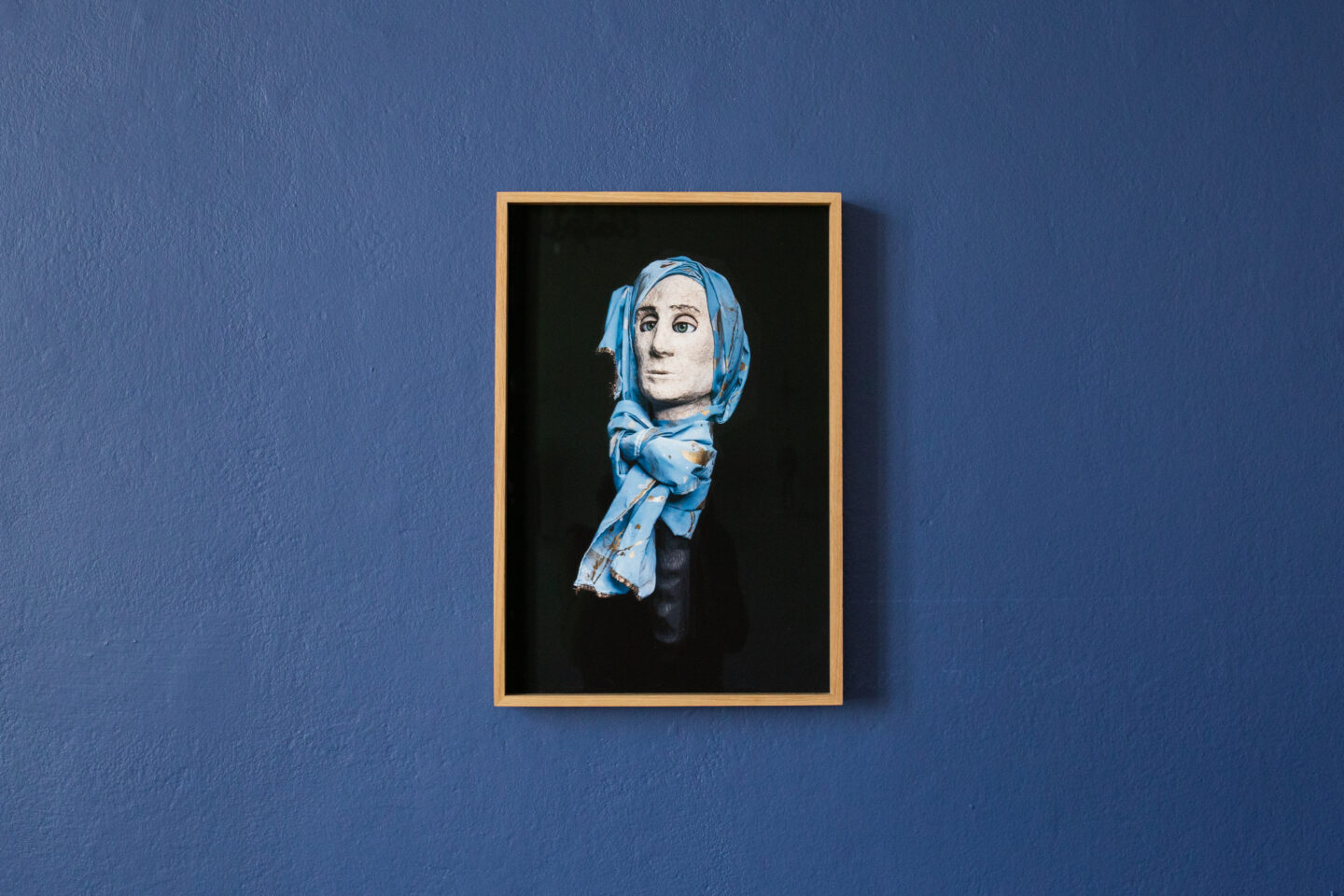

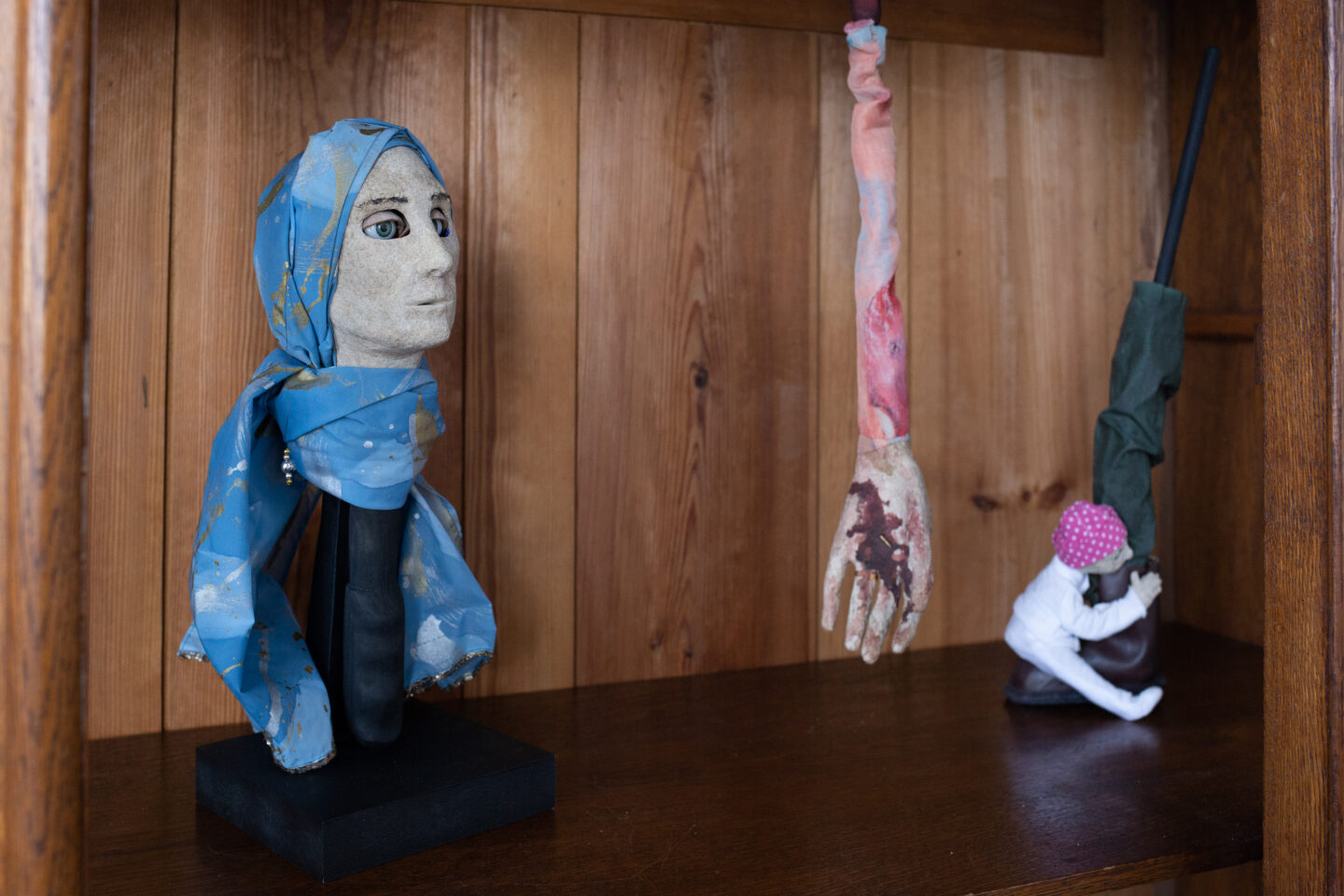
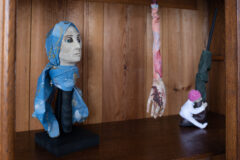
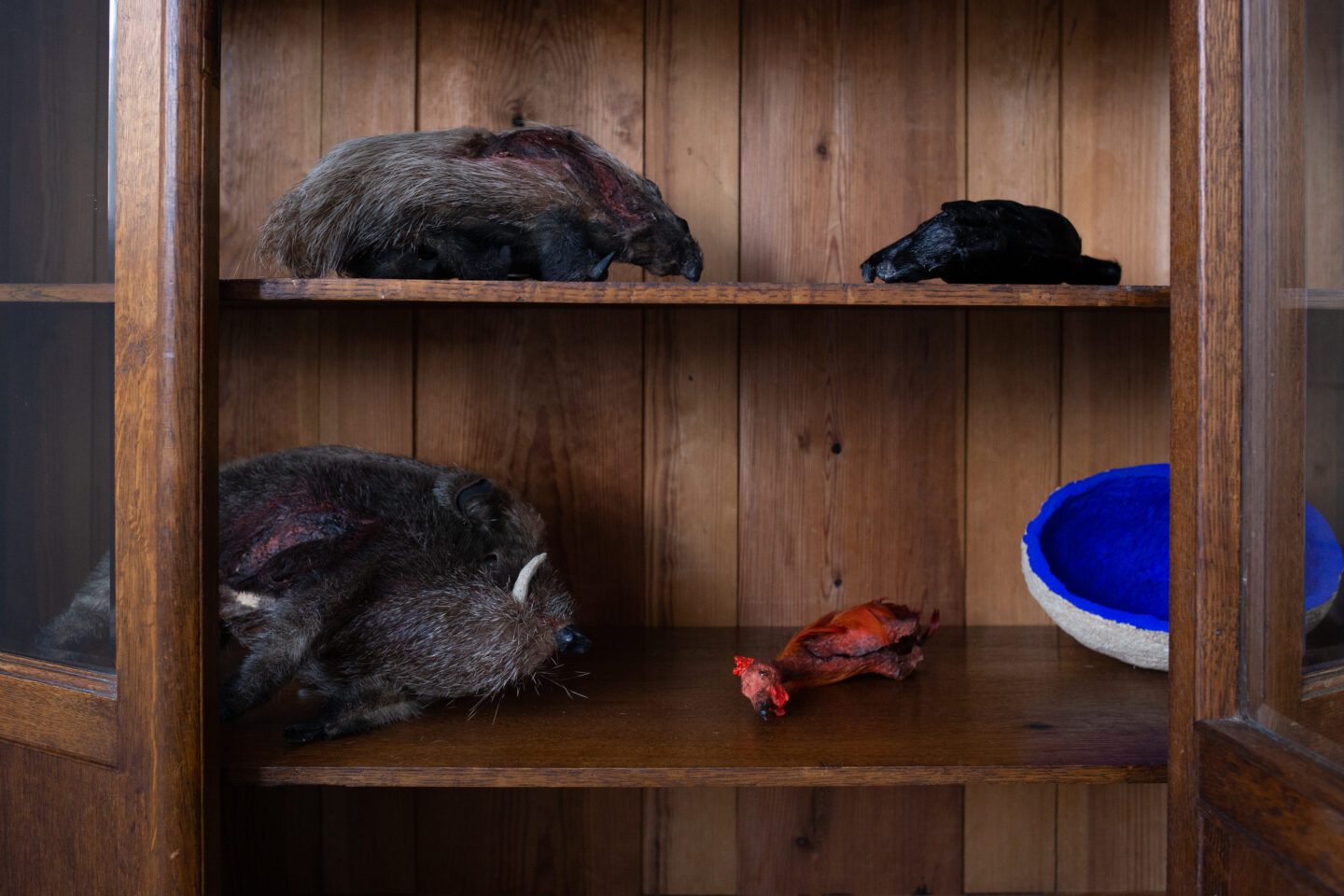

Druga część wystawy stanowi dopełnienie pierwszej. Artystka, niegdyś studentka Jerzego Nowosielskiego, po wielu latach wraca do malarstwa poprzez tryptyk zainspirowany materiałem dowodowym z posiedzenia Międzynarodowego Trybunału Sprawiedliwości, w którym RPA występowała przeciwko Izraelowi oskarżając go o ludobójstwo w Gazie. Był to krótki film nakręcony telefonem przez izraelskiego żołnierza, który zarejestrował i skomentował wysadzenie w powietrze jednego z najstarszych miejsc w Gazie – dzielnicy Shuja’iyya. Pendant dla tych obrazów stanowi cykl kolaży powstałych po 7 października 2023, zestawiających widoki zrujnowanej Warszawy z fotografiami ze współczesnej Gazy, również skazanej na unicestwienie. Świadkuje im martwa palma, niemy świadek wszystkich katastrof. Rajkowska stawia diagnozę wielopoziomowego globalnego kryzysu – klimatycznego, humanitarnego, politycznego, a przede wszystkim związanego z załamaniem się hierarchii wartości oraz nieprzepracowaną traumą, która sprawia, że ofiara staje się bezwzględnym oprawcą. I komentuje: „Ten film trzeba było pokazać w kontekście prac o ludobójstwie w Gazie. Wydaje mi się, że bez tego post scriptum pokazywanie Ślepowronów z ich wątkami związanymi z Holocaustem, pogromami i polowaniem na ludzi byłoby teraz niemożliwe.”
EN
We should finally accept that the Earth is not our property.
Simona Kossak
Joanna Rajkowska’s exhibition consists of two parts. The first is an extensive presentation of the film Night Herons, made together with the American writer and performer Robert Yerachmiel Sniderman at the invitation of the Steirischer Herbst festival in Austria. It is a puppet film shot in the forests, swamps and lakes near Nowogród in the Kuyavian-Pomeranian Voivodeship, where the artist has had a studio and home for many years.
Bogusia, Rela, Sara, Dzidek and his mother, Zbyszek, Zelik, Rajka, Robert and Basia – the characters of Night Herons are a community connected to personal stories of the film’s authors. There are also other protagonists – a roe deer, a badger, a wild boar, a dog and birds – the titular night herons. In the film, the past is mixed with the present – we follow the wartime fates of people, escapes through swamps and wandering, the Bydgoszcz block from the 1960s, an American synagogue, contemporary Nowogród, a forest, a glade. The film sets are scenes from the lives of families intertwined with the common story of Rajkowska and Sniderman. The meeting of human and non-human beings and their connection in the narrative of Night Herons was necessary for the creators to tell the story of the equality of all beings in the face of death. The film characters try to bring back to life the animal victims of hunters, and when this fails, they hide them just as we do with human bodies – washing them, disinfecting wounds, combing them and wrapping them in cloth. Beautifully filmed intimate scenes and subtle movements of the puppets are accompanied by moving music, turning this world created from common materials into a mystery. The key to understanding the film is the scene in which the film’s protagonist turns away from the pile of books he has brought to the synagogue, it reminds him of the fate of his father – a victim of a pogrom. He looks at the still bleeding dead deer, a victim of hunting, and takes it in his arms. The body in relation to the text, history in relation to what is here and now, constitute the symbolic axis of the film.
In addition to the film, at the exhibition we show puppets and fragments of the set design, in some sense discovering the production background. Night Herons was created at a very special time – in the spring and summer of 2020, during the pandemic. Due to these circumstances, the artist decided that the entire project would be realized in Nowogród and therefore all the elements of the set design and characters were created in cooperation with the local community. It was also a way to support neighbors and most importantly, to maintain bonds through shared work in an uncertain time. The film, which deals with an attempt at reconciliation with and compensation for animals, is therefore at the same time a community project, a gesture of coming together and helping each other in difficult circumstances, when nature has once again demonstrated its power.
The second part of the exhibition complements the first. The artist, once a student of Jerzy Nowosielski, returns to painting after many years through a triptych inspired by evidence from the session of the International Court of Justice, in which South Africa stood against Israel, accusing it of genocide in Gaza. It was a short film shot on a phone by an Israeli soldier who recorded and commented on the blowing up of one of the oldest places in Gaza – the Shuja’iyya district. The pendant for these paintings is a series of collages created after October the 7th in 2023, juxtaposing views of ruined Warsaw with photographs from contemporary Gaza, also doomed to annihilation. They are watched over by a dead palm tree, a silent witness to all disasters. Rajkowska diagnoses a multi-level global crisis – climatic, humanitarian, political, and above all related to the collapse of the hierarchy of values and unprocessed trauma, which makes the victim a ruthless predator. She comments: “This film had to be shown in the context of works on the genocide in Gaza. It seems to me that without this post scriptum, showing Night Herons with its threads related to the Holocaust, pogroms and hunting for people would now be impossible”.
Text written by Agnieszka Rayzacher
Translated by Klara Kieczmerska
Przypisy
Stopka
- Osoby artystyczne
- Joanna Rajkowska
- Wystawa
- Ślepowrony
- Miejsce
- lokal_30
- Czas trwania
- 26.09. – 21.12.2024
- Osoba kuratorska
- Agnieszka Rayzacher
- Fotografie
- Matylda Uszyńska
- Strona internetowa
- lokal30.pl/9090-2/

